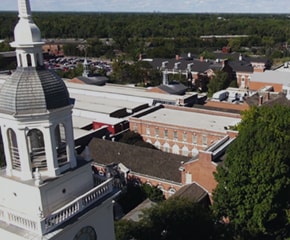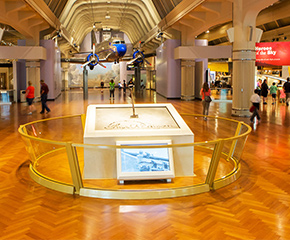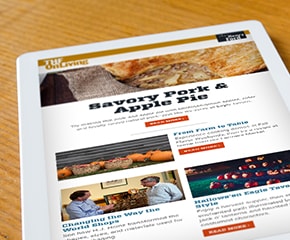Calabash Bottle, 1851-1855
Add to SetSummary
Glass factories in America began producing inexpensive, mold-formed flasks in the early 1800s. These figured flasks often were decorated with symbols of national pride. Other flasks, like this one, contain images of foreign newsmakers. Many Americans embraced Louis Kossuth, a mid-century Hungarian patriot and revolutionist. Kossuth arrived in the U. S. in 1851 after a failed attempt to set up a democratic Hungarian state.
Glass factories in America began producing inexpensive, mold-formed flasks in the early 1800s. These figured flasks often were decorated with symbols of national pride. Other flasks, like this one, contain images of foreign newsmakers. Many Americans embraced Louis Kossuth, a mid-century Hungarian patriot and revolutionist. Kossuth arrived in the U. S. in 1851 after a failed attempt to set up a democratic Hungarian state.
Artifact
Bottle
Date Made
1851-1855
Place of Creation
On Exhibit
at Greenfield Village in Davidson-Gerson Gallery of Glass
Object ID
00.4.5710
Credit
From the Collections of The Henry Ford.
Material
Glass (Material)
Mold-blown glass
Technique
Glassblowing
Blow molding
Color
Amber (Color)
Dimensions
Height: 10.5 in
Width: 5.5 in
Length: 4 in
Weight: 1.5 lb
Inscriptions
pressed on front: KOSSUTH





